North America : Market Leader in Coolants
North America is poised to maintain its leadership in the Automotive Engine Oil Coolant Market, holding a significant market share of 4.5 in 2024. The region's growth is driven by increasing vehicle production, stringent environmental regulations, and a rising demand for high-performance coolants. The regulatory landscape is supportive, with initiatives aimed at reducing emissions and enhancing fuel efficiency, further propelling market growth.
The competitive landscape in North America is robust, featuring key players such as ExxonMobil, Chevron, and Valvoline. These companies are investing in innovative coolant formulations to meet the evolving needs of consumers. The U.S. remains the largest market, driven by a high number of vehicles on the road and a growing focus on vehicle maintenance. The presence of established brands ensures a competitive environment, fostering continuous improvement and product development.
Europe : Emerging Market Dynamics
Europe's Automotive Engine Oil Coolant Market is projected to grow significantly, with a market size of 3.0 in 2024. The region benefits from a strong automotive industry, with increasing investments in electric vehicles and advanced cooling technologies. Regulatory frameworks, such as the EU's Green Deal, are pushing for more sustainable coolant solutions, driving demand for eco-friendly products and innovations in coolant formulations.
Leading countries in this region include Germany, France, and the UK, where major players like Royal Dutch Shell and BP are actively competing. The competitive landscape is characterized by a mix of established brands and emerging companies focusing on sustainability. The presence of stringent regulations ensures that manufacturers prioritize quality and environmental impact, fostering a dynamic market environment.
Asia-Pacific : Rapid Growth and Innovation
The Asia-Pacific region is witnessing rapid growth in the Automotive Engine Oil Coolant Market, with a market size of 2.5 in 2024. This growth is fueled by increasing vehicle ownership, urbanization, and rising disposable incomes. Additionally, government initiatives aimed at improving vehicle standards and reducing emissions are acting as catalysts for market expansion, encouraging the adoption of advanced coolant technologies.
Countries like China, Japan, and India are leading the market, with significant contributions from local and international players. Companies such as TotalEnergies and Fuchs Petrolub SE are expanding their presence in this region, focusing on innovative products tailored to local needs. The competitive landscape is evolving, with a mix of The Automotive Engine Oil Coolant share through product differentiation and strategic partnerships.
Middle East and Africa : Emerging Market Potential
The Middle East and Africa region represents an emerging market for Automotive Engine Oil Coolants, with a market size of 0.1 in 2024. The growth in this region is driven by increasing automotive sales, infrastructure development, and a growing awareness of vehicle maintenance. Regulatory frameworks are gradually evolving, promoting better environmental practices and encouraging the use of high-quality coolants to enhance vehicle performance.
Leading countries in this region include South Africa and the UAE, where the automotive market is expanding rapidly. The competitive landscape is characterized by a mix of local and international players, with companies like Castrol and Prestone making significant inroads. As the market matures, there is a growing emphasis on quality and sustainability, presenting opportunities for innovative coolant solutions.
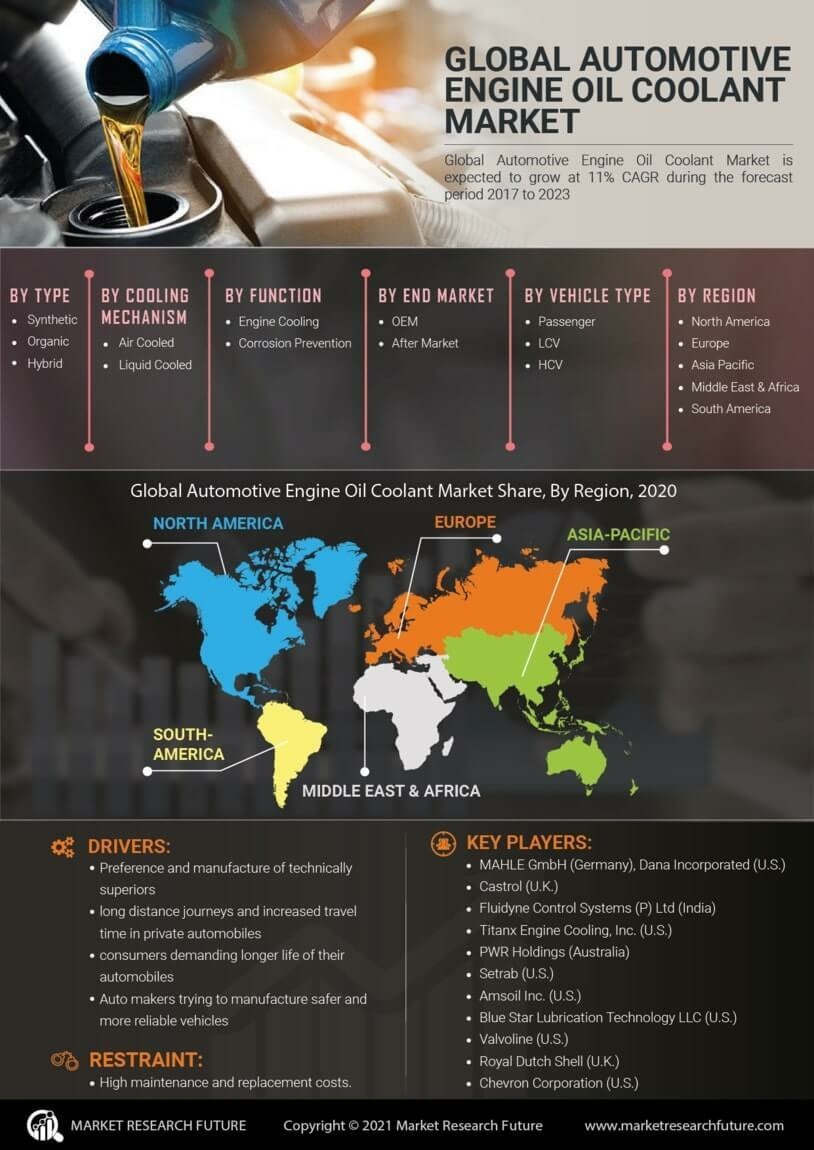

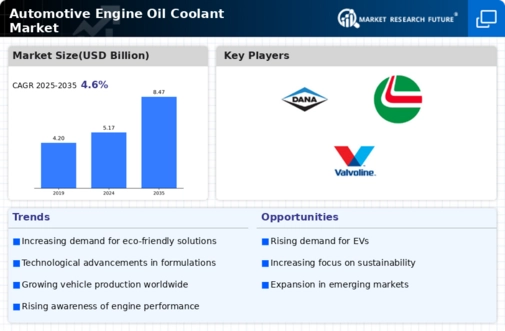
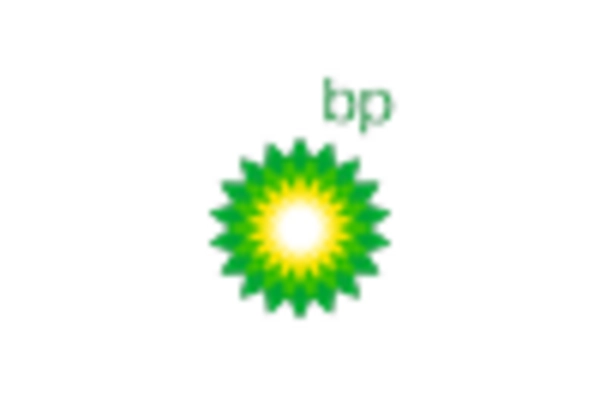
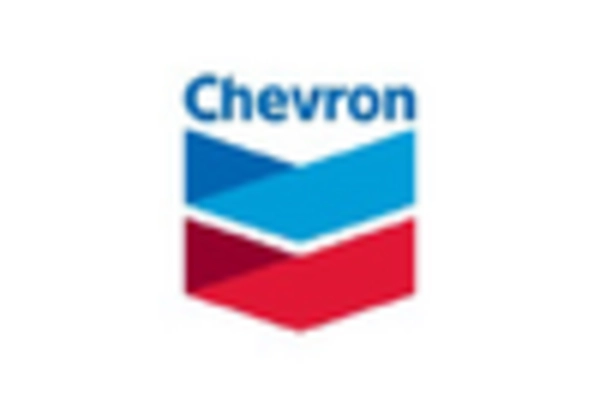
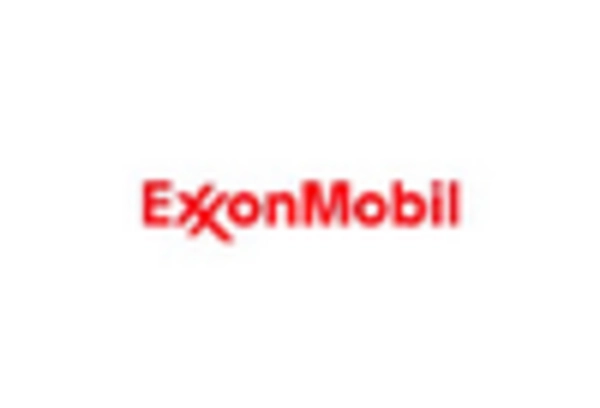
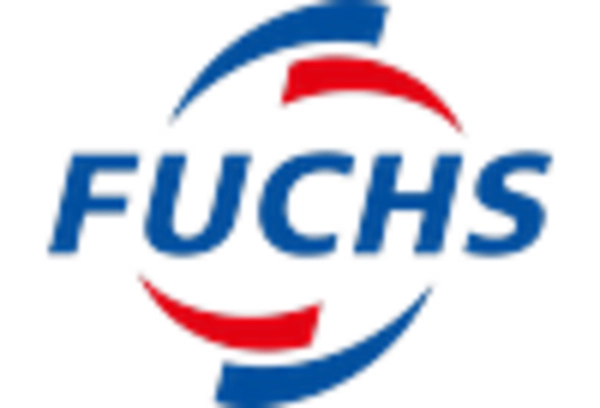
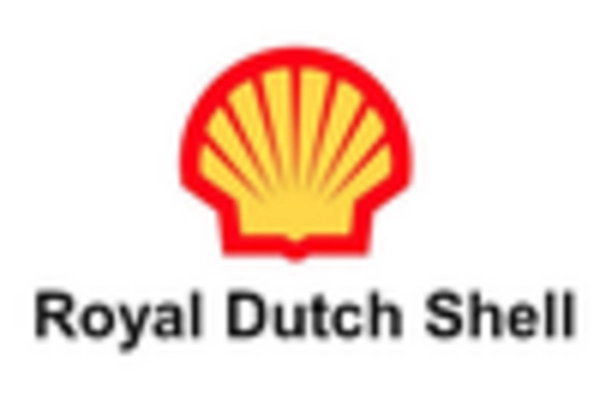
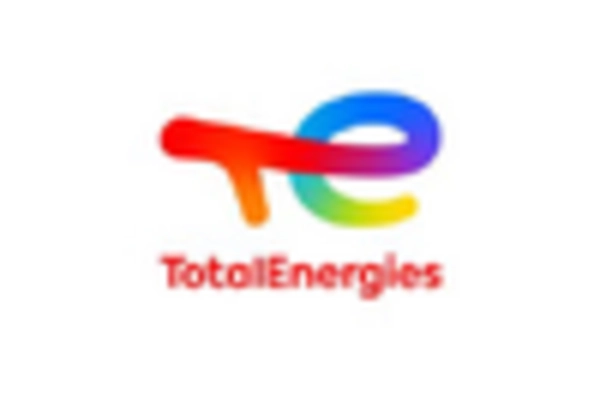








Leave a Comment